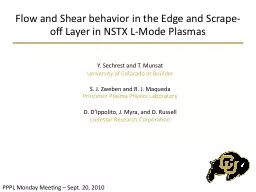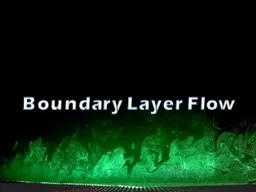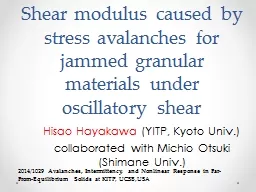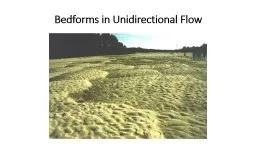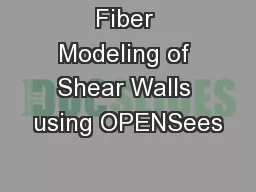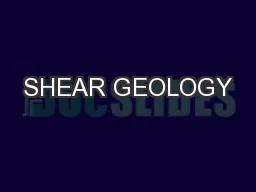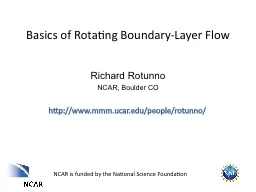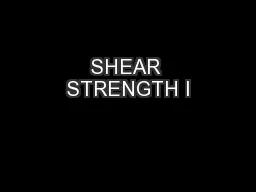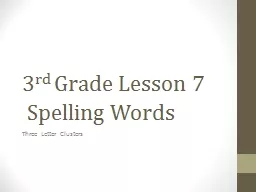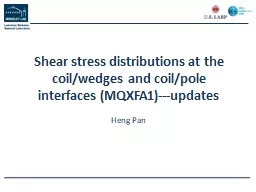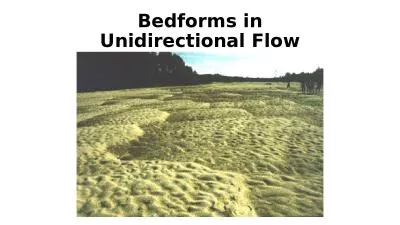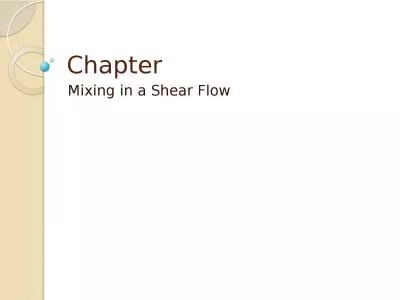PPT-Flow and Shear behavior in the Edge and Scrape-off Layer in
Author : tatiana-dople | Published Date : 2016-07-09
Y Sechrest and T Munsat University of Colorado at Boulder S J Zweben and R J Maqueda Princeton Plasma Physics Laboratory D DIppolito J Myra and D Russell Lodestar
Presentation Embed Code
Download Presentation
Download Presentation The PPT/PDF document "Flow and Shear behavior in the Edge and ..." is the property of its rightful owner. Permission is granted to download and print the materials on this website for personal, non-commercial use only, and to display it on your personal computer provided you do not modify the materials and that you retain all copyright notices contained in the materials. By downloading content from our website, you accept the terms of this agreement.
Flow and Shear behavior in the Edge and Scrape-off Layer in: Transcript
Download Rules Of Document
"Flow and Shear behavior in the Edge and Scrape-off Layer in"The content belongs to its owner. You may download and print it for personal use, without modification, and keep all copyright notices. By downloading, you agree to these terms.
Related Documents

